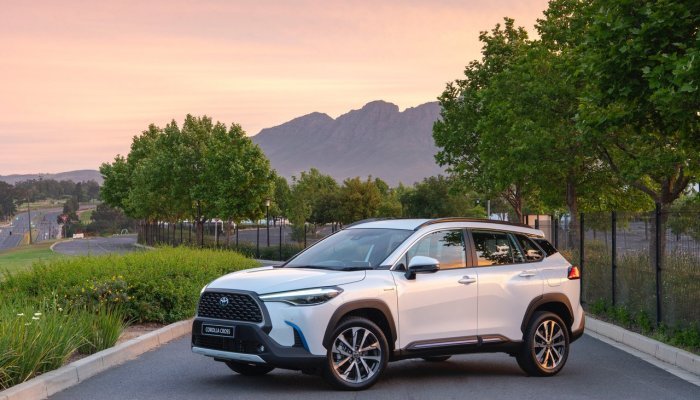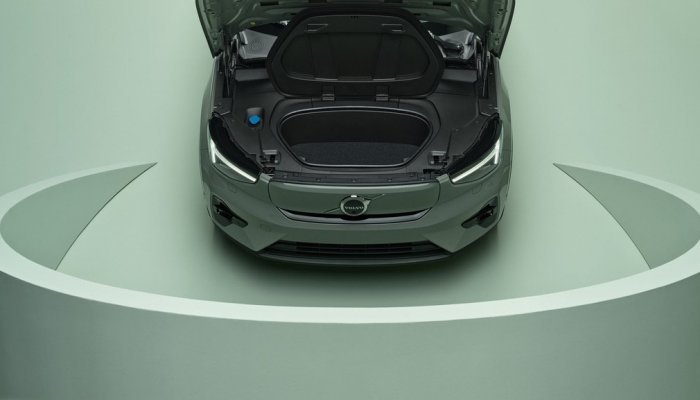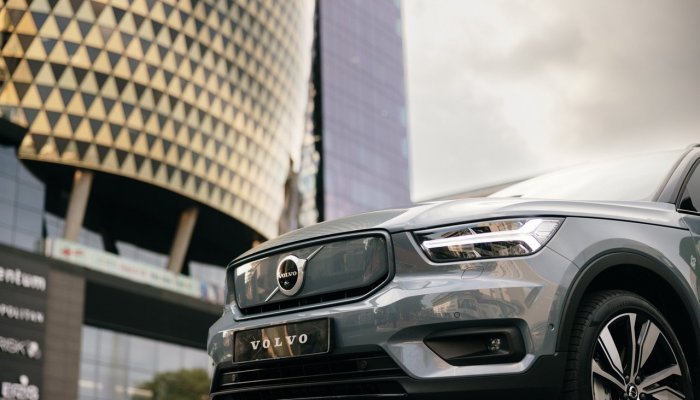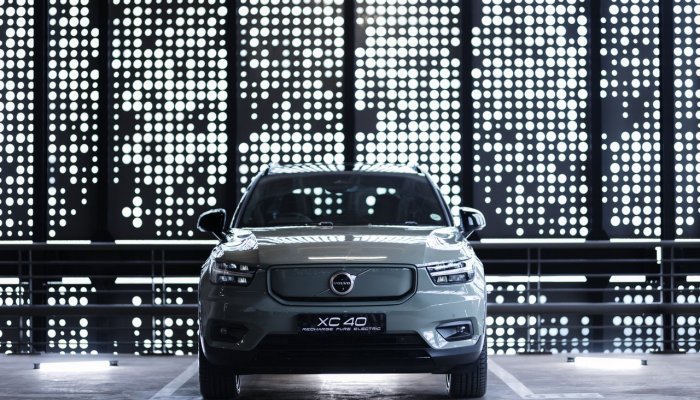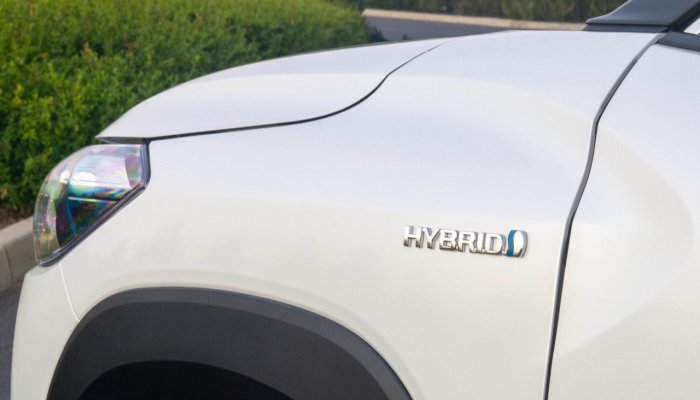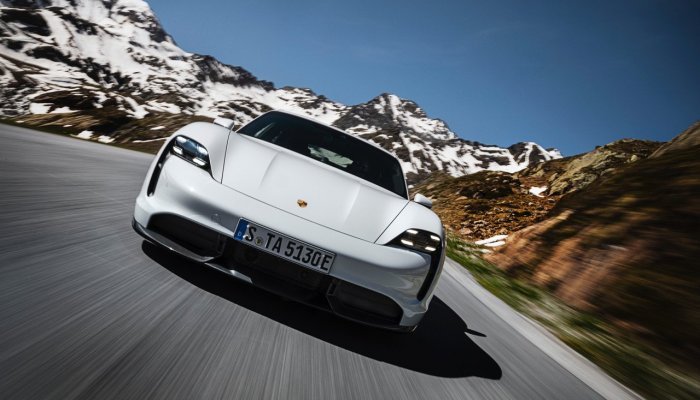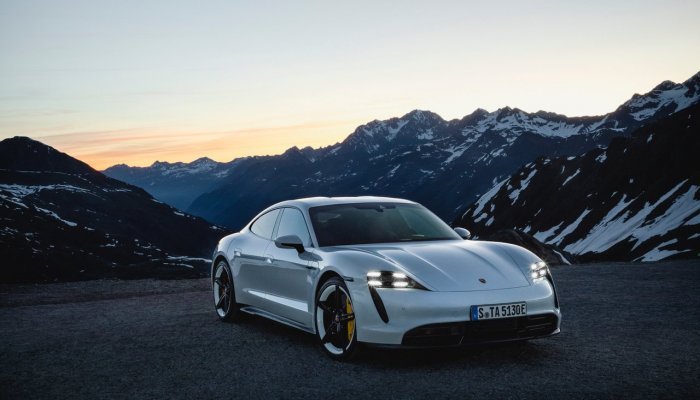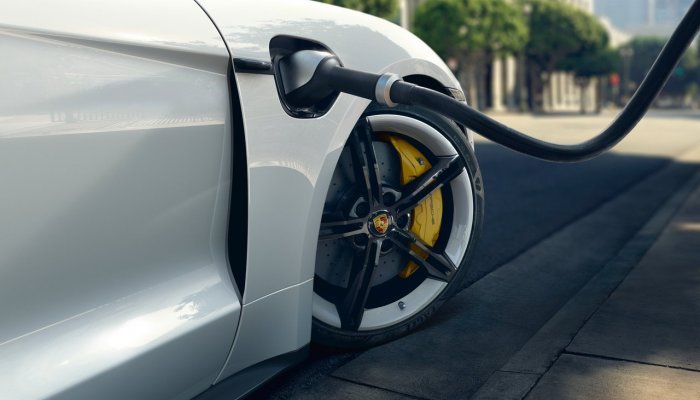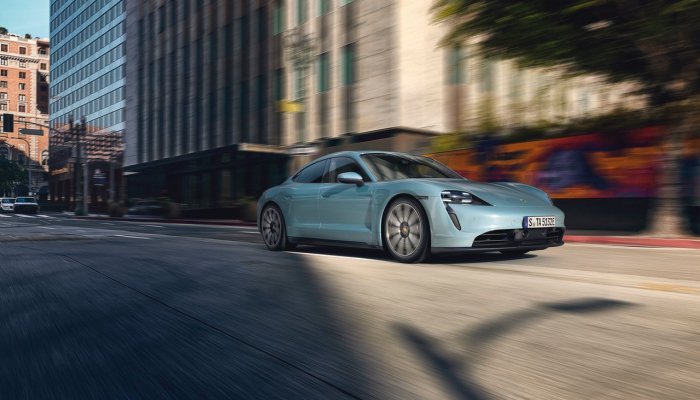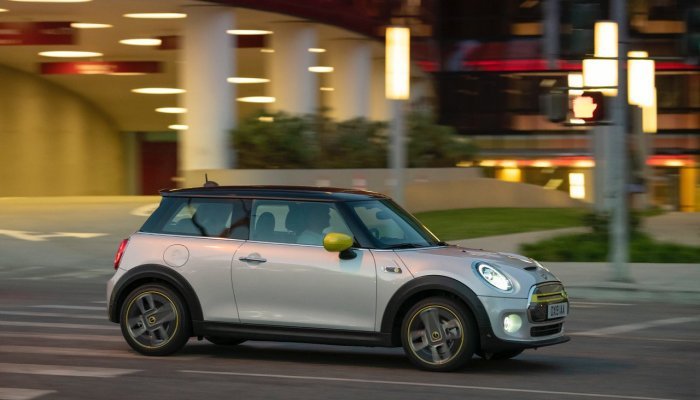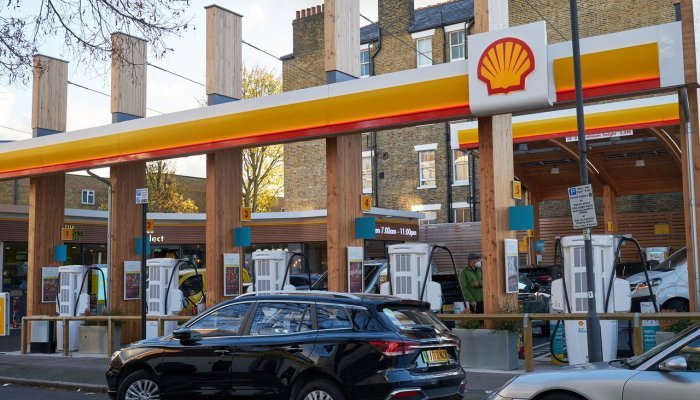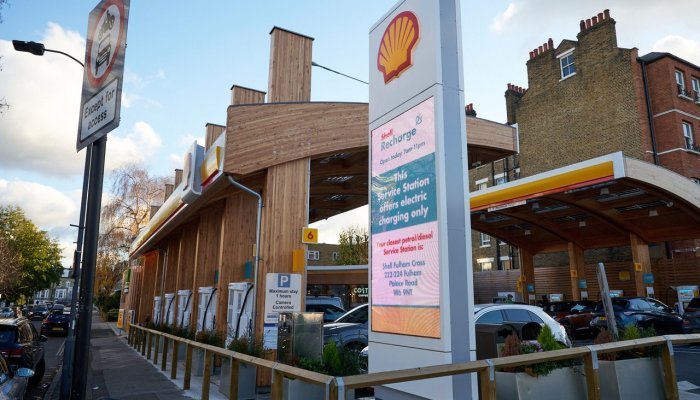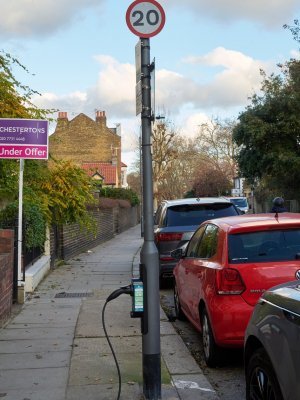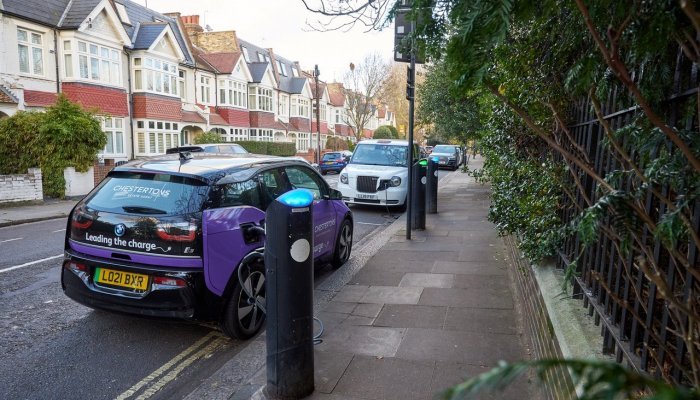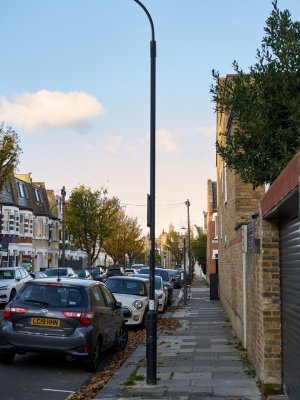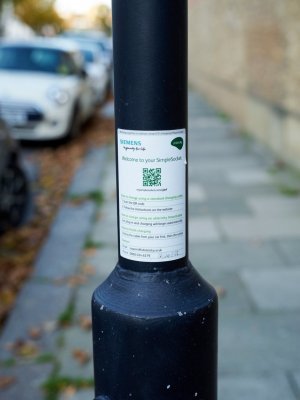Electric vehicles (EVs) don’t exist only in the future – they’re here. Parts of Europe have readily adopted EVs, and many major cities have adapted to them. All of the traditional major car manufacturers now have at least a few EVs on their books, while the most valuable car company in the world, Tesla, produces nothing but electric vehicles. (Well, it’s usually the most valuable car company in the world – depending on what Musk tweets…)
So how do these electric cars compare to the ICE (internal combustion engine vehicles) we’re used to?
To get a better understanding of the vehicles and the industry, we spoke to Brett Hamilton, a strategy researcher at Vlerick Business School in Belgium, who has done extensive research into EVs in South Africa. “Electric cars have actually always been pretty good from a product perspective," he says. "I remember driving the Nissan Leaf in Los Angeles in 2011 and besides its Noddy-like looks, the vehicle itself was spacious, comfortable and got me around in great comfort. I would've bought one if I had the money.”
It's now 12 years later and technology has developed at pace, so there’s no sacrifice in terms of drivability when choosing an EV over an ICE.
In fact, there are a number of advantages:
- they are almost silent,
- the electric motors can produce maximum torque almost instantly so acceleration is phenomenal,
- the heavy batteries give a low centre of gravity and therefore good handling,
- braking is excellent because it utilises the motor as well as the brakes, and
- they are hugely energy efficient.
In terms of outright performance, electric cars can more than hold their own: the Porsche Taycan Turbo S, for example, can accelerate from 0-100km/h in just 2.87 seconds. Elon Musk’s fastest Tesla, the Plaid (yes, that’s the real name) can do it in under 2 seconds!
Hybrids
Another option is petrol-electric hybrids. Hybrids have been around for a while now, having made it into the mainstream via the first Toyota Prius back in 1997. Most hybrids use a combination of a petrol engine and an electric motor, the electric motor aiding performance and therefore allowing the car to make do with a smaller petrol engine, while also enabling the vehicle to drive at low speeds powered by the electric motor only, cutting down on emissions.
In terms of servicing, electric cars are potentially very reliable as there are far fewer moving parts: there’s no engine with pistons and valves operating under huge pressures, there are no turbos and no gears (for the most part). This also means that servicing costs are low – there’s also no oil to be replaced, and brake pads last longer due to the engine braking. This all affects running costs.
That brings us to the major financial benefit: if we say that fuel averages R24 per litre, an ICEV that uses a realistic average of 8 litres of fuel per 100km uses R192 of fuel to travel 100km, which equates to R1.92/km. In comparison, the average EV is said to be 75% cheaper to run, which would mean it costs just R0.48 per kilometre to run. If you travel 2 000km a month, that amounts to a saving of R2 880 every month.
EV disadvantages
But there are also two major practical disadvantages of EVs over ICEs. The first is the high initial purchase price, particularly in South Africa. For some strange reason, import duties on EVs are higher than on ICEs, at 25%, perhaps indicating that the South African government is not actually ready to welcome them into the country in numbers.
According to Mark Raine, co-CEO of Mercedes-Benz South Africa, South Africa is the only country in the world where EVs are disadvantaged like this. This is in stark contrast to developed markets such as certain US states and Norway, where tax incentives to buy EVs have played an important role in their adoption. In Norway, where there are tax incentives to owning an EV, one in five cars (20%) on the roads is already electric, and in another two years that percentage will go up to 30%. The country has an incredible goal of all new cars being sold from 2025 being electric.
Then there is the dual concern of range and charging times, which the South African landscape and lifestyle brings into sharp focus.
“I would say a major issue is that the typical driving needs of a South African differs from, say, a European,” says Hamilton. “Our cities are more sprawled out, our suburbs often located very far from CBDs, and the distances between towns and cities are immense in European terms. This means that we drive more, further and faster. Let me use an example: one of the most popular EVs in Europe right now is the Citroen Ami, which measures about 2.4m long and 1.4m wide. It also only has a top speed of 48km/h. Perfect for inner-city Paris, but not so much for a typical Joburger.”
If we return to Tesla’s market capitalisation, we’d be forgiven for assuming that Tesla is outselling its more traditional rivals by a matter of factors. But in reality, only 1% of vehicles on the road in the US – the world’s biggest car market – are electric. Toyota sells more than 10 million cars a year, while Tesla has sold a total of just over 3 million vehicles since 2008.
This is increasing every year, but the company’s record year as of the end of 2021 was just under a million units. Research indicates that even developed nations such as the US are far from the electric vehicle tipping point – with more than 278 million ICE vehicles on the road, it will take decades for EVs to replace them. In May 2021, only 4.6% of vehicles registered in the US were electric.
If that’s the case in the States, a country like ours still has a long road ahead. Yes, our hands will be forced as vehicle manufacturers are required by European legislation to stop manufacturing ICE vehicles, but this will still take decades to trickle down.
According to Hamilton, there are three focus areas that South Africa needs to address before EVs can be embraced by the mainstream:
- The first is to develop a reliable and dispersed charging infrastructure.
- Second, EV technology must still develop in such a way to allow for quicker charging and longer usage distances.
- Finally, EVs must become much more affordable.
South Africa will need to find a way of addressing the topic of charging, which we can’t necessarily do in the same way as it is done in European markets due to security issues. In London, for example, there were already 8 600 EV charging stations at the end of 2019, while France has well over 40 000 charging points. Fuel stations, shopping centres and parking garages are all popular sites for charging stations, while there are also more creative solutions such as more than 1 000 streetlights in London being retrofitted as chargers (see sidebar).
EV technology is developing quickly, and one major technological development on the horizon is solid-state batteries. We won’t go into the technical details of how or why, but solid-state batteries are quicker to charge and hold their charge for longer, which means that smaller batteries will produce more power than current, liquid-state batteries. Companies such as Toyota and Mercedes-Benz have invested in solid-state battery research and development, and there is a real possibility that this technology will move from prototype to commercial production within the next few years.
As for affordability, South Africa could deal with this issue with the swipe of a pen – if duties on EVs are done away with, they will instantly become affordable to more than the wealthy few.
One final issue needs to be considered, that elephant in a dark room: Eskom. While South Africa battles with load-shedding, our infrastructure simply isn’t stable enough to rely on for vehicle charging.
So what is the conclusion?
Electric vehicles are brilliant, but they are not practical for South Africans as a primary or only vehicle, right now. As a second car for commuting and the school run, they are already a brilliant option, but the price premium negates the financial savings on fuel.
Big things are on the horizon, though, and that’s before we even look at technology such as hydrogen fuel cell vehicles…
To see a map of charging points in South Africa, visit www.chargestations.co.za or www.plugshare.com.
EV buyers' guide for South Africa
More and more electric cars are becoming available in South Africa, with all of the major players dipping their toes into the market. Unfortunately, the overwhelming majority of these vehicles are expensive. We’ve taken a look at what’s available and found three options that appeal.
Entry level: Mini Cooper SE
The Mini Cooper SE is the most affordable proper electric car in South Africa at R694 600. Externally, there’s not much to differentiate it from a regular ICE Mini, save for some yellow badges and trim, so while it may not stand out, it is still a trendy little car. The battery pack doesn’t take up any luggage room, so the boot is the same as on the ordinary Mini.
Powered by a single 135kW electric motor and with a 32.6kWh battery pack, the SE can accelerate from 0-100km/h in just 7.5 seconds and has a claimed range of 215km. This makes it brilliant for the average commute, especially if you have the option of charging the car while you’re at work. Longer trips, though, are above its paygrade.
Price: From R694 600
Range: 215km
0-100km/h acceleration: 7.5 seconds
Warranty:
- Manufacturer: 2-year/unlimited km
- Battery: 8-year/100 000km
- Maintenance plan: 5-year/100 000km
Mid-range: Volvo XC40 P6 Recharge
When the Volvo XC40 P6 Recharge was launched in South Africa, the entire initial allocation was sold out within 24 hours. Admittedly, that was a limited number of just 25 units, but it is still an indication that the Volvo is an attractive proposition. Based on the regular XC40, it is a compact SUV that has enough space to be a practical family vehicle, while the claimed range per charge is an impressive 423km. The P6 uses a single motor that produces 170kW and 330Nm, but if you want a quicker version there is also the more expensive AWD P8 model, which features two electric motors resulting in a total of 304kW/660Nm!
As you’d expect of a Volvo, the Recharge models are very well equipped with comfort and convenience features, as well as driver assistance and a 5-star safety rating. What is interesting is that the Recharge models come supplied with a 3-phase 11kW wallbox charger, which charges your vehicle far more quickly than if you plug it into a normal plugpoint. The wallbox is capable of charging at a rate of 50-60km of range every hour, or 7-8 hours for a full charge from empty. Another unique selling point is that Volvo will lend you a petrol Volvo for two weeks per year for three years – perfect if you want to do a long trip that your EV isn’t up for.
Price: From R1 260 000
Range: 423km
0-100km/h acceleration: 7.4 seconds
Warranty:
- Manufacturer: 5-year/100 000km
- Maintenance plan: 5-year/100 000km
High-end: Porsche Taycan Turbo S
If you’re in the market for the best EV around, you’d be hard pressed to do better than the Porsche Taycan Turbo S. Powered by two electric motors with a combined output of 560kW/1050Nm, the Taycan can surge from 0-100km/h in just 2.8 seconds despite weighing 2.3 tons! It’s actually quite a sensible vehicle too, with four doors and four seats as well as luggage space under the bonnet and in the boot. The batteries are positioned low in the floor, so the Taycan handles like a Porsche should, helped by aids such as torque vectoring and rear-wheel steering. Adaptive air suspension allows it to be comfortable too, and it is a fantastic highway cruiser.
With a gross battery capacity of 93.4kWh, the Taycan promises an average range of 440km, and apparently an urban range of up to 573km. Charging time from a DC fast-charger is an incredible 22.5 minutes to go from 5% to 80%, while a standard home charge will fully charge the vehicle overnight.
The Taycan Turbo S may not have an actual turbo, but it is probably the pinnacle of electric motoring right now.
Price: From R3 909 000
Range: 440km
0-100km/h acceleration: 2.87 seconds
Warranty:
- Manufacturer: 2-year/unlimited mileage
- Battery: 8-year/unlimited mileage
- Maintenance plan: 3-year/100 000km
Hybrid
Toyota Corolla Cross Hybrid
The Corolla Cross Hybrid offers great value for a ‘green’ vehicle, even if it does still use a petrol engine for most of its propulsion. The 1.8-litre petrol engine produces 72kW and 142Nm, while the electric motor produces 53kW/163Nm. The combined total output is 90kW, and fuel consumption is a claimed 4.3L/100km. This is not a ‘plug-in’ hybrid, and the batteries are charged by regenerative braking and the petrol engine. In terms of performance, the electric motor provides an instant torque boost, aiding acceleration (similar to turbo/supercharger), and can also be used at low speeds for dedicated EV mode.
This is the first hybrid vehicle to be produced in South Africa.
Price: From R425 400
Range: 830km
0-100km/h acceleration: N/A
Warranty:
- Manufacturer: 3-year/100 000km
- Battery: 8-year/unlimited mileage
- Service plan: 6-year/90 000km



